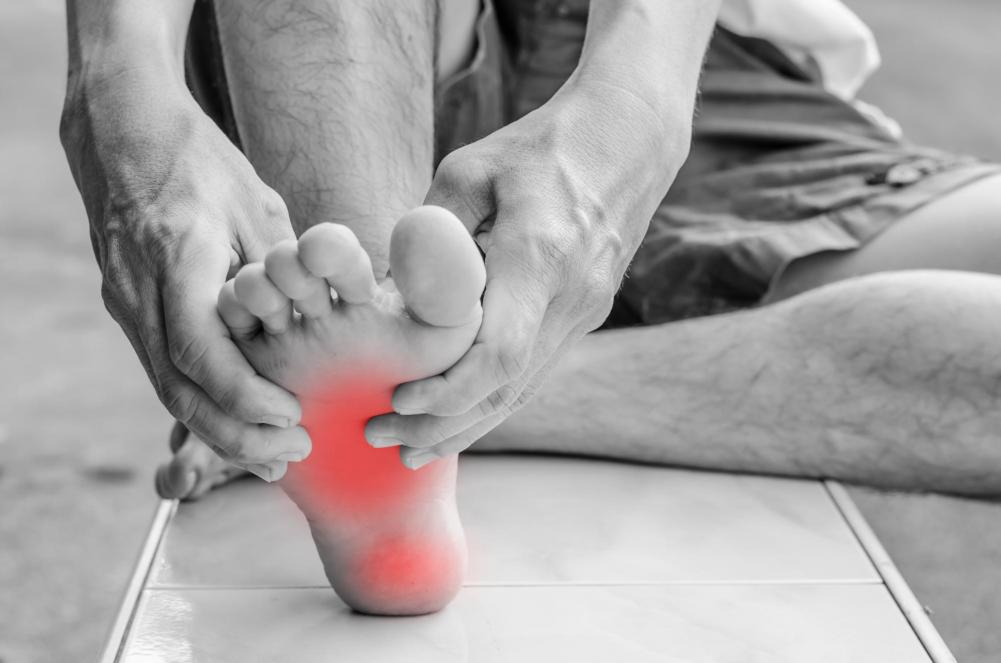Our primary goal here at Foster Chiropractic, Sports & Wellness is to help you feel and be healthy, and have the ability to participate in all the activities you enjoy. For people suffering from plantar fasciitis, foot pain keeps them from participating in many daily activities. Plantar fasciitis is one of the most common causes of heel pain. It is a sharp, stabbing pain in the heel that’s usually worse first thing in the morning, or after standing or sitting for long periods of time.
What is Plantar Fasciitis?
Plantar fasciitis is the pain caused when a person has small tears and inflammation in the ligament that runs across the bottom of the foot. This ligament is the plantar fascia, and it connects the heel bone to the toes.
Who is at Risk?
There are many different things that can lead to the development of plantar fasciitis. Age, obesity and exercise are all factors that play a part in causing wear and tear on that plantar fascia, which can lead to inflammation and damage. Wearing shoes with inadequate support, or having a foot with abnormal mechanics, can also put stress on this part of the foot. Some occupations have a higher risk of developing plantar fasciitis. Jobs where you’re on your feet on hard surfaces for long periods of time, such as teachers and factory workers, are more prone to plantar fasciitis.
How Can Foster Chiropractic Help?
Chiropractic care cannot heal the tears in a person’s plantar fascia, that healing takes place over time. But there are ways to reduce the pain and help avoid additional issues so that you are feeling better and on the go as soon as possible.
Foot & Back Alignments. Often we see that patients suffering from plantar fasciitis will change their gait to reduce pain in the foot. Unfortunately, this can lead to misalignment of the spine which can cause back or hip pain in addition to the heel pain already in place. Regular chiropractic alignments can help reduce the chance of suffering from additional pain and help you maintain a proper gait while suffering from plantar fasciitis.
Massage. Professional massage of the heel, foot and lower leg is one way to reduce the pain and inflammation that occurs with plantar fasciitis,
Strengthening exercises. We can show you exercises for the foot and lower leg muscles that will help reduce the pain suffered from plantar fasciitis and speed the healing process.
Orthotics. Making sure your foot is supported and your gait is in line are two ways to help heal plantar fasciitis and prevent future occurrences. Dr. Foster uses Foot Levelers technology to assess your gait and help fit you with custom orthotics that will help provide the support you need.
If you’ve been suffering from heel pain, come in today for a consultation. We have what you need to ease your plantar fasciitis and get back into the active life you enjoy.



